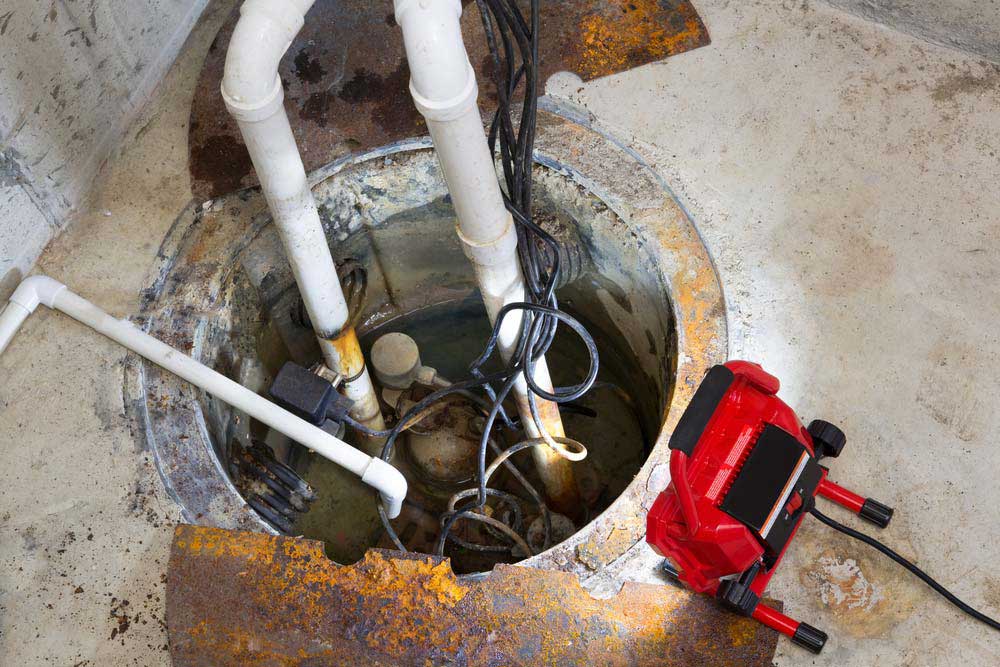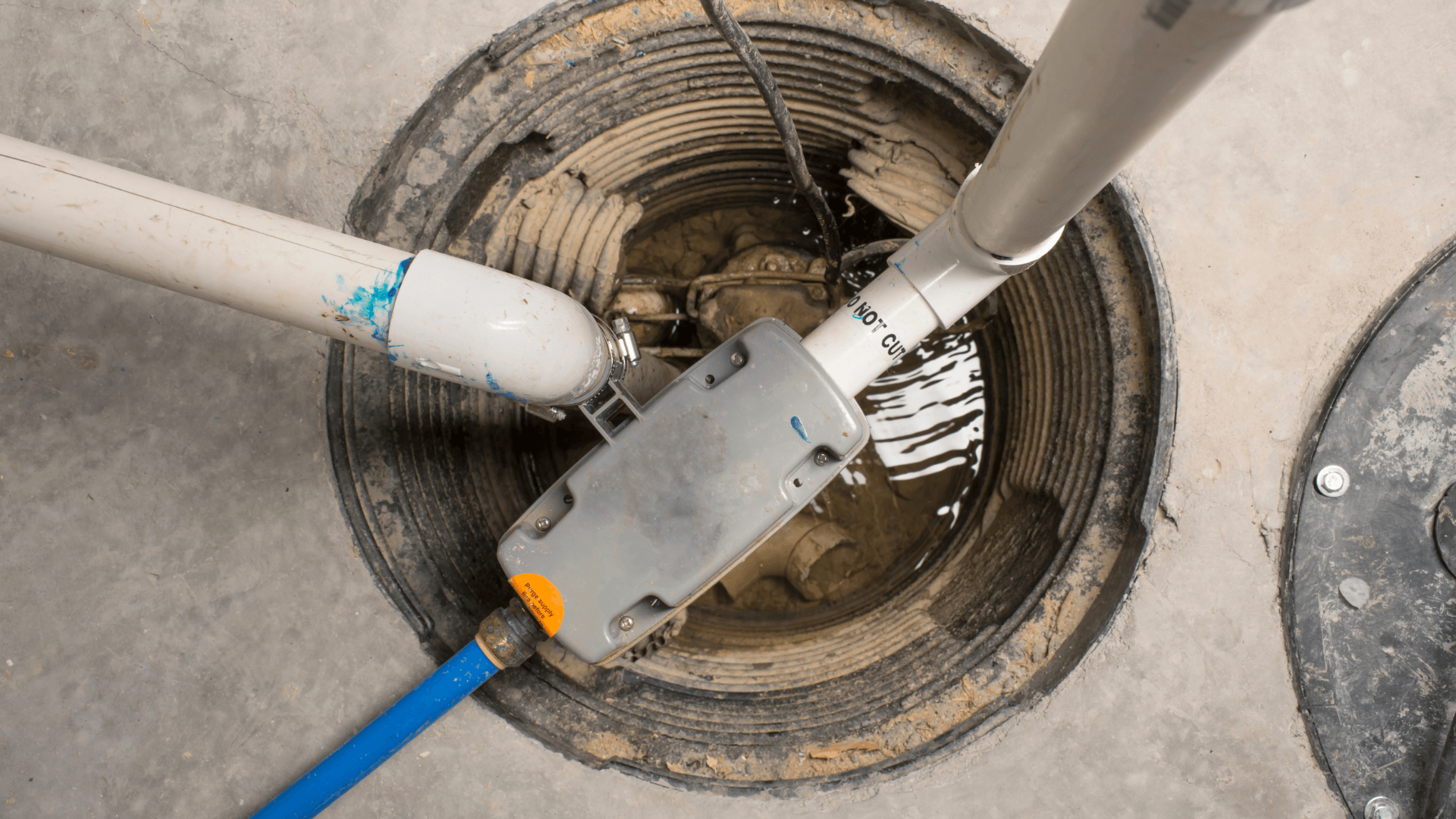Presented here in the next paragraphs you can get some excellent advice in regards to How To Effectively Clean A Sump Pump.

Sump pumps are vital elements in lots of homes, especially in areas vulnerable to flooding or extreme dampness. They help avoid water damages by successfully removing excess water from basements or crawl spaces. Nevertheless, like any other device, sump pumps need routine upkeep to ensure they function successfully when needed one of the most. Cleaning your sump pump is a crucial part of its upkeep, and understanding how to do it correctly can save you from costly repair work and prospective catastrophes.
Intro
Maintaining a tidy sump pump is vital for its correct functioning and durability. Ignoring this vital job can result in blockages, malfunctions, and eventually, water damage to your residential property. Therefore, finding out how to clean a sump pump is essential for home owners who rely upon these tools to keep their basements completely dry and secured.
Comprehending the Sump Pump
Before diving into the cleansing procedure, it's necessary to have a fundamental understanding of just how a sump pump functions. Generally mounted in a pit or basin listed below the cellar floor, a sump pump includes several essential elements, including a pump, a float button, and a discharge pipeline. When water accumulates in the pit, the float button turns on the pump, which after that pumps the water out via the discharge pipe, far from the building's structure.
Signs of a Dirty Sump Pump
Knowing when your sump pump requires cleansing is important for protecting against possible malfunctions. Some typical indicators that suggest an unclean sump pump consist of unusual noises throughout procedure, reduced water circulation, and visible particles in the pit. If you see any of these symptoms, it's vital to cleanse your sump pump without delay to prevent any additional issues.
Planning for Cleansing
Before you begin cleansing your sump pump, it's essential to take some security precautions. Beginning by shutting off the power to the pump to prevent any electrical crashes. Furthermore, wear proper safety gear, such as handwear covers and safety glasses, to protect on your own from dirt, particles, and possible virus.
Step-by-step Overview to Cleansing a Sump Pump
Turning off the Power
Begin by disconnecting the power supply to the sump pump to prevent any accidents while cleaning.
Removing Particles and Dust
Use a container or a scoop to eliminate any noticeable debris, dirt, or sediment from the sump pit. Dispose of the debris effectively to avoid it from clogging the pump or the discharge pipe.
Cleaning up the Pump and Drift Switch
As soon as the pit is free from particles, very carefully get rid of the pump from the pit. Examine the pump and the float switch for any kind of indicators of damages or wear. Make use of a soft brush or towel to cleanse the surface areas and get rid of any kind of gathered gunk.
Purging the System
After cleaning up the pump and float switch, flush the sump pit with clean water to get rid of any staying dirt or debris. This will assist make sure that the pump runs efficiently and successfully.
Checking for Appropriate Performance
Prior to reinstalling the pump, execute a fast test to ensure that the float switch triggers the pump appropriately. Pour some water right into the sump pit and observe the pump's operation. If everything is working correctly, you can reconstruct the pump and reconnect the power supply.
Maintenance Tips to Keep Your Sump Pump Clean
In addition to routine cleansing, there are several maintenance ideas you can follow to keep your sump pump in optimum problem:
Conclusion
Cleansing your sump pump is a vital aspect of its upkeep and makes certain that it operates properly when you require it one of the most. By complying with the steps laid out in this overview and including normal upkeep right into your routine, you can prolong the life expectancy of your sump pump and shield your home from water damage.
6 STEPS ON HOW TO CLEAN A SUMP PUMP PROPERLY
UNDERSTANDING SUMP PUMPS
Your sump pump plays a crucial role in protecting your home by managing and removing excess water. It primarily functions as a “shield”, guarding your basement against the damaging effects of water accumulation. The pump is housed in a sump pit in the lowest part of your basement, and its job is to pump out any water that collects there.
During heavy rainfalls or when snow melts rapidly, water can infiltrate your basement, posing potential risks like flooding, structural damage, and harmful mold growth. Here, the sump pump springs into action, pumping out the intruding water and directing it away from your home.
SAFETY FIRST
Before cleaning, remember to prioritize safety. Disconnect the sump pump from the power source to prevent any accidental electric shocks. Also, wear sturdy gloves to protect your hands from any sharp or dirty components within the pump.
REMOVE THE SUMP PUMP
After ensuring your safety, the next step is to remove the sump pump from its pit. Doing this might require careful maneuvering as you don’t want to damage any pump components. Once removed, clean the sump pit to remove any accumulated debris or sludge.
INSPECT THE PUMP
Inspect the pump for any visible signs of wear or damage. Check the power cord, float switch, and impeller housing. If any components look worn out or damaged, consider replacing them to ensure optimal performance.
CLEAN THE PUMP
Thoroughly clean the pump with warm, soapy water. Make sure to rid it of any dirt, gravel, or other debris that might impede its performance. You can use a toothbrush to clean the small, hard-to-reach parts of the pump.
REINSTALL THE SUMP PUMP
Reinstall the pump into the sump pit Make sure it’s positioned correctly to remove the water effectively Once it’s back in place, reconnect it to the power source TEST THE PUMP
Finally, pour some water into the pit to ensure the pump works correctly. It should start automatically and begin pumping out the water; if it doesn’t, check the power source and the positioning of the pump.
Remember, while cleaning your sump pump is an essential part of home maintenance, hiring a professional plumber for a thorough inspection and cleaning at least once a year is also important. This will ensure that your pump is in optimal condition, ready to protect your home from potential water damage.
BEST PRACTICES FOR CLEANING SUMP PUMP DISCHARGE PIPES
Regular Inspection: Regularly inspect your discharge pipes, especially during heavy rainfall or snowmelt periods. Look for any signs of blockage or damage. Early detection of problems can prevent serious issues down the line. Periodic Cleaning: Over time, sediment and debris can accumulate in the discharge pipes, impeding the flow of water. Regular cleaning helps keep the pipes clear and functioning efficiently. You can use a high-pressure water jet to effectively clean the pipes. Insulation During Winter: In colder climates, discharge pipes can freeze, blocking the outflow of water. Protect your discharge pipes from freezing temperatures by insulating them with foam pipe insulation. This will ensure the sump pump can continue to discharge water even in freezing conditions. Proper Positioning: The discharge pipe should be positioned to direct water away from your home’s foundation. Improper positioning can lead to water seeping back into the basement. Ensure the pipe is long enough and angled correctly. Installation of a Check Valve: A check valve prevents water from flowing back into your sump pit after the pump has pushed it out. Installing a check valve helps maintain the efficiency of your sump pump and reduces the risk of flooding. Minimize Pipe Turns: Every curve or turn in the discharge pipe can decrease the efficiency of water flow. By minimizing turns and bends in your discharge pipe, you can increase the efficiency of your sump pump. https://www.fullspeedplumbing.com/how-to-clean-a-sump-pump-properly9999/

As a fervent reader about , I assumed sharing that piece of content was mandatory. Sharing is good. You never know, you may very well be helping someone out. I cherish reading our article about Keep Your Sump Pump Clean, It'll Keep You Dry.
Apply Now